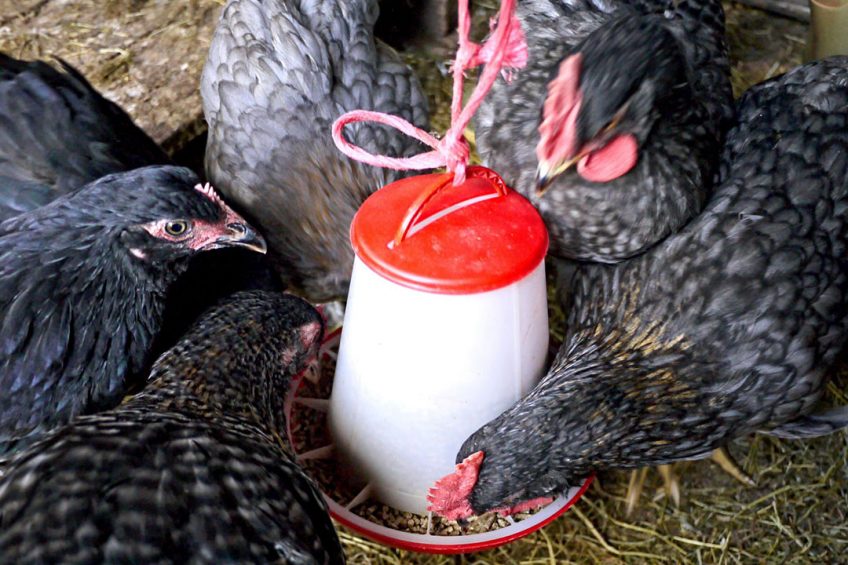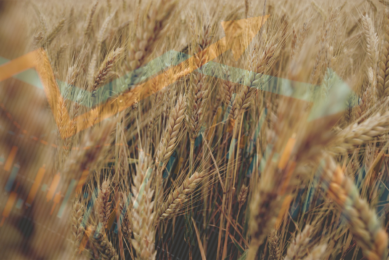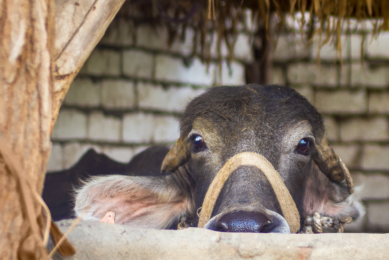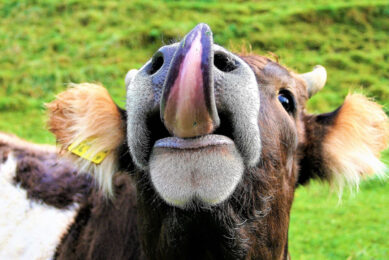China reshapes poultry feed formulations

China has issued guidelines recommending a reduction of corn and soymeal in poultry and pig feed.
A drop in output and state stockpiles has resulted in a surge in the price of corn in China, reports Reuters. To compensate for the domestic shortfall, China began importing corn. Meanwhile, feed manufacturers have been switching to cheaper alternatives, especially wheat, which has more protein than corn and has already cut demand for soymeal.
Guidelines will not temper soaring poultry feed costs
China’s new guidelines, however, may not do much in the near future to temper soaring feed costs. The country’s Ministry of Agriculture and Rural Affairs noted that the new guidelines are aimed at improving the usage of available raw materials and creating a formula that better suits China’s conditions.
China’s animal feed use expected to rise
China consumes about 175 mmt of corn each year in animal feed each year, and this figure is set to rise. The country also imports about 100 mmt of soybeans, also for animal feed.
Available alternatives for animal feed
The ministry said rice, cassava, rice bran, barley and sorghum were also suitable alternatives to corn, while rapeseed meal, cottonseed meal, peanut meal, sunflower meal, distillers dried grains, palm meal, flaxmeal, sesame meal and corn processing byproducts were good options to replace soymeal.
Reuters further reported that some analysts questioned if China’s huge appetite for imported feed grains would be reduced much by alternative feeds, which are produced in much smaller volumes than corn and soy.
Feed formulation suggestions
The ministry also provided some suggested feed formulations depending on the region of the country. In some regions, it recommended eliminating soymeal completely and replacing it with other meals.
Sources from within the industry have reportedly said that it would be difficult to give total estimates on exactly how much corn and soymeal will be cut following the guidelines because for some of the recommended diets the use of corn is cut, but more DDGs, corn protein power, and amino acids are suggested, which are made from corn.











